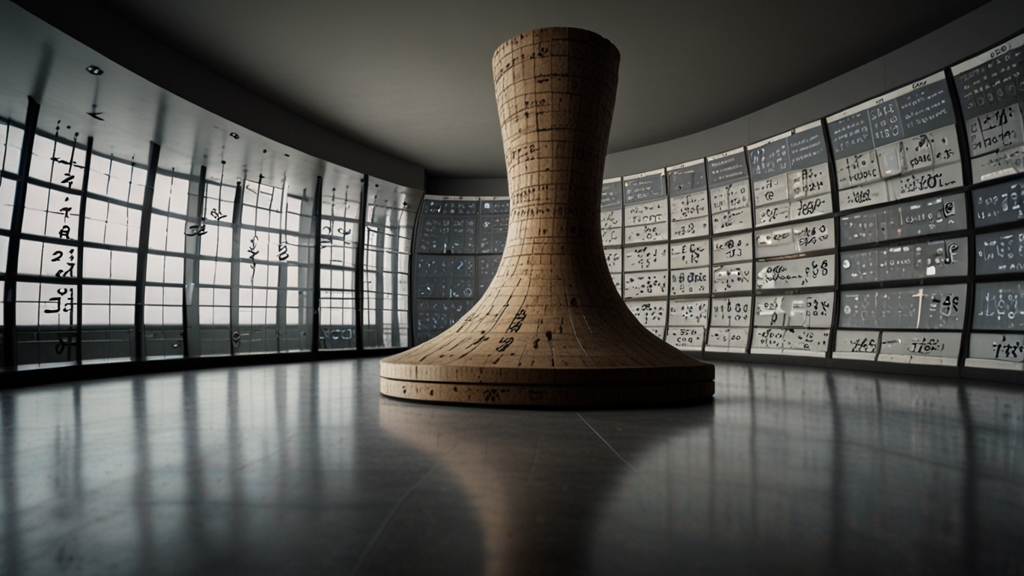Crucifixion: The Intersection of Faith, History, and Violence
The crucifixion of Jesus Christ stands as one of the most poignant and influential events in human history. It is an event that lies at the heart of Christian doctrine and has significantly influenced Western culture, art, and ethics. Yet beyond its religious significance, crucifixion as a method of execution provides a stark window into the violence of ancient societies and the mechanisms of power and control exercised by empires.
The Historical Context of Crucifixion
Crucifixion was a method of execution used primarily in the Roman Empire, reserved for the gravest offenses such as treason, rebellion, and some instances of murder. It was designed to be a public spectacle, a deterrent to others who might consider defying Roman authority. Victims were nailed or tied to a cross and left to die slowly over several hours or even days, suffering extreme pain and humiliation.
Historically, crucifixion is documented as far back as the Persians, and was later adopted by the Greeks and Romans. The Roman historian Tacitus records that thousands were crucified during the Third Servile War (73-71 BCE), illustrating its widespread use as a tool of suppression. Its prevalence underscores the brutal reality of how capital punishment served as a stark reminder of the power held by ruling classes and their willingness to use extreme measures to maintain order.
"For the message of the cross is foolishness to those who are perishing, but to us who are being saved it is the power of God." - 1 Corinthians 1:18 (NIV)
The Theological Significance
In the Christian faith, the crucifixion is essential for the understanding of Jesus' role as the Messiah and the Savior. It is seen not just as a historical event, but a divine sacrifice, an act of love and redemption for humanity's sins. This theological perspective transforms an act of brutal violence into a cornerstone of hope and salvation.
The Gospels narrate the crucifixion with profound theological implications, portraying Jesus as willingly accepting a fate that fulfills Old Testament prophecies. For believers, the crucifixion is inseparable from the resurrection, which they celebrate as the ultimate victory over sin and death. The cross, thus, becomes a powerful symbol of God’s grace and love.
"Surely he took up our pain and bore our suffering, yet we considered him punished by God, stricken by him, and afflicted. But he was pierced for our transgressions, he was crushed for our iniquities; the punishment that brought us peace was on him, and by his wounds we are healed." - Isaiah 53:4-5 (NIV)
The Intersection of Violence and Redemption
The crucifixion, while central to Christian redemption theology, also compels us to confront the nature of violence and its aftermath. It raises uncomfortable questions about human suffering, justice, and the use of power. Why was such a brutal method adopted? What does it say about those who wielded such power and those who were subjected to it?
In examining the crucifixion of Jesus, historians and theologians agree that this event must be understood both in its historical brutality and its religious symbolism. The crucifixion forces us to acknowledge the darkness of humanity while simultaneously pointing to the possibility of redemption and transformation. It is this duality that gives the crucifixion its enduring power across millennia.
Modern Relevance
Today, the cross remains a potent symbol of faith, seen in churches, worn as jewelry, and even tattooed on bodies. Its modern representations often sanitize the historical brutality to emphasize the broader message of hope and resurrection. Yet, understanding the historical context can deepen one’s appreciation of its significance.
Beyond religious contexts, the crucifixion can also be a symbol in discussions about justice, human rights, and the suffering of the oppressed. It reminds us of the potential extremities of state power and the ways in which the marginalized can endure and transcend suffering.
In sum, the crucifixion at the intersection of faith, history, and violence compels a multifaceted contemplation. It is a historical event that epitomizes the extremes of human cruelty while simultaneously serving as a profound epicenter of hope and redemption in the Christian faith.







